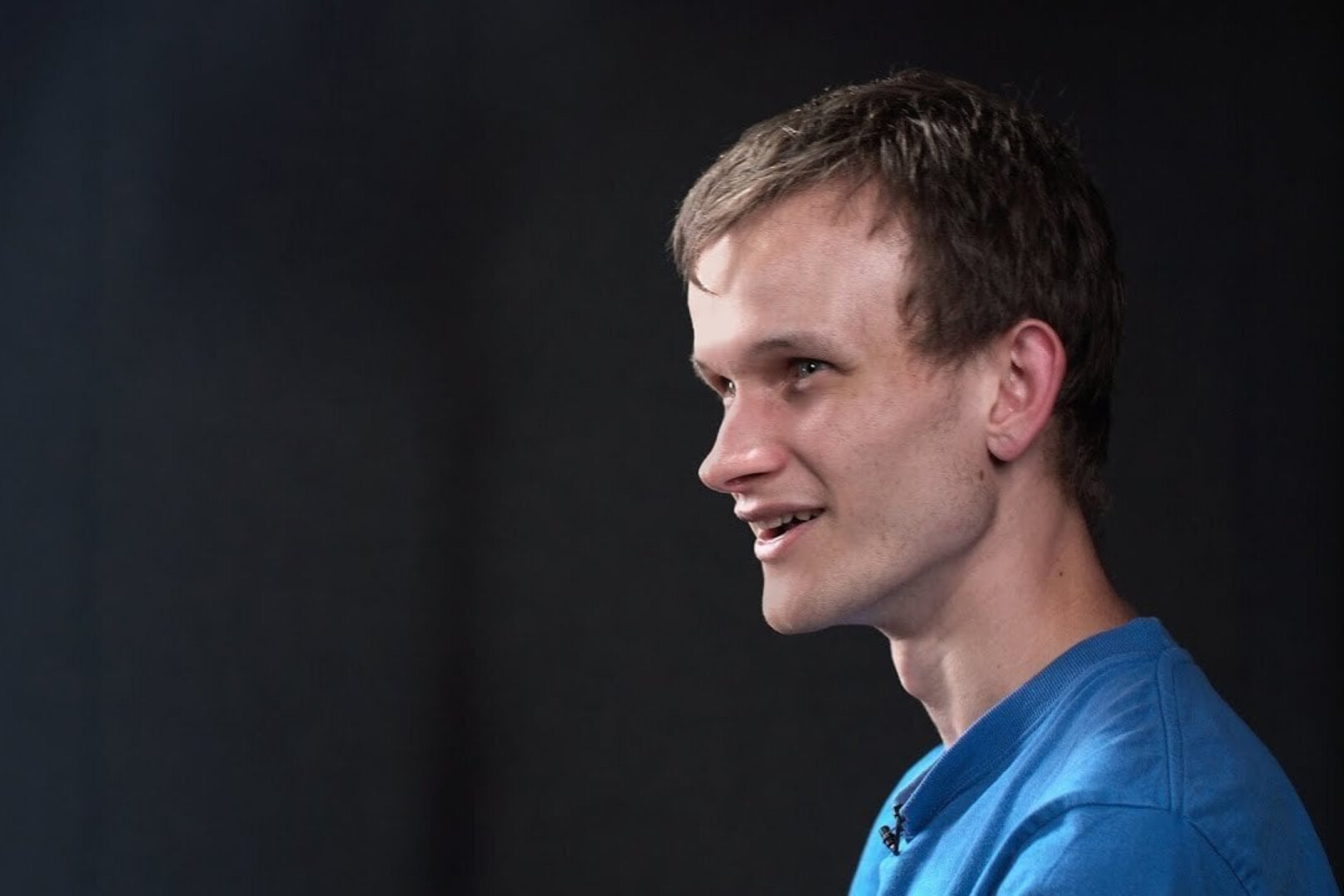From rags to riches: The life of the Polymarket founder
- 核心观点:Polymarket预测市场从草根逆袭成主流。
- 关键要素:
- 2024年大选预测准确率超传统民调。
- 获纽交所母公司20亿美元战略投资。
- 用户超130万,月交易量超10亿美元。
- 市场影响:推动预测市场合法化与主流化。
- 时效性标注:长期影响
Original author: Thejaswini MA
Original translation: Saoirse, Foresight News
June 2020: A 21-year-old poor boy launched a gambling platform in his bathroom during the epidemic.
November 2024: FBI agents raid his apartment, confiscate his cell phone, and leave without charging him.
October 2025: The parent company of the New York Stock Exchange (NYSE) invests $2 billion in his company.
This is how Shayne Coplan has progressed over the past five years — from inventorying his Lower East Side apartment, figuring out what he could sell to pay his rent, to becoming the youngest self-made billionaire tracked by Bloomberg.
How did a man with “nothing to lose” build a business that even regulators wanted to destroy?
How can a platform that is banned in its home country attract the favor of the most powerful institutions on Wall Street?
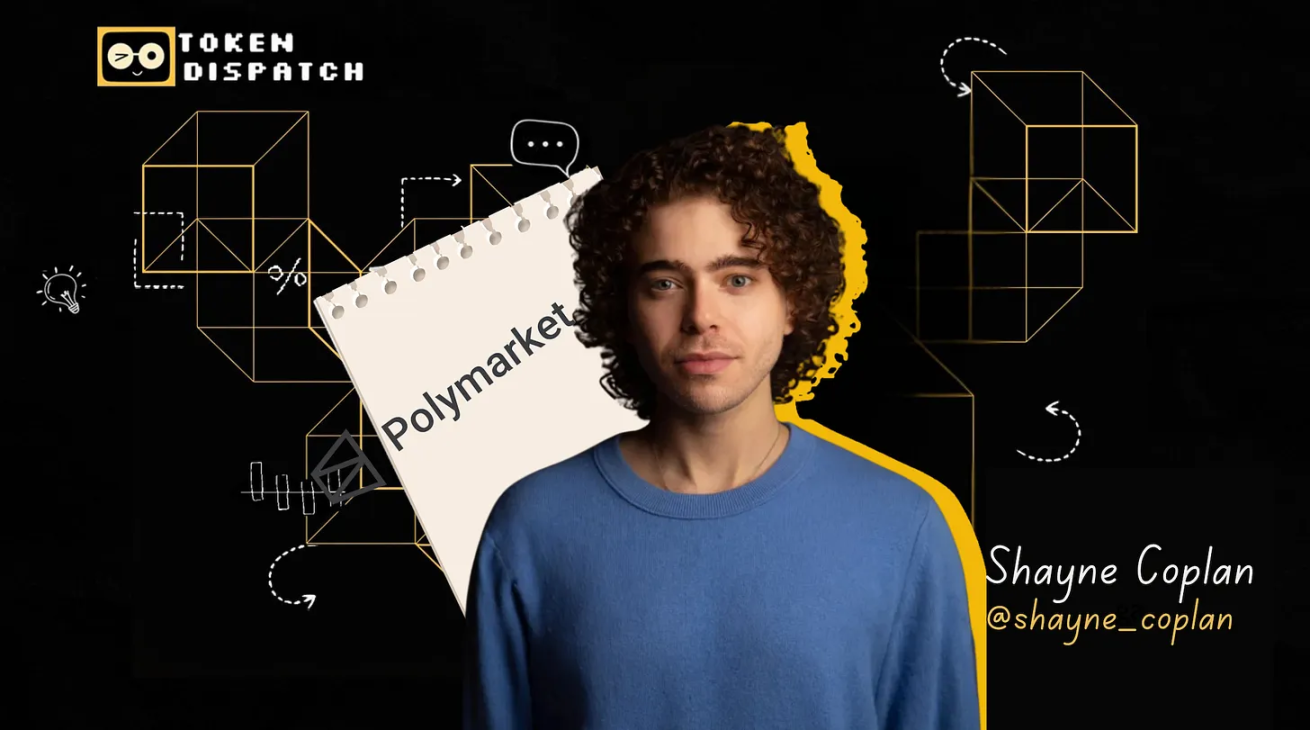
These details are crucial because they reveal the true logic behind the seemingly impossible. That’s why Coplan’s story shouldn’t be reduced to a single timeline—which is why we wrote this article.
The Aha Moment of the White Paper
In 2019, Shayne Coplan became completely disillusioned with cryptocurrencies.
Two and a half years after dropping out of New York University (NYU), his several entrepreneurial attempts had failed. The once highly anticipated "cryptocurrency revolution" had degenerated into "crypto scams" in his eyes—projects whose purpose wasn't to create value but to extract funds.
Penniless and frustrated, he watched helplessly as the industry he once believed in turned into a "casino" for scammers.
So he stopped his busy entrepreneurial pace and began to concentrate on reading: academic papers, obscure research reports, and especially the research results of economist Robin Hanson on "prediction markets."
The core theory behind prediction markets is that the market's ability to aggregate information surpasses that of experts, polls, or any other traditional forecasting method. When people use their money to "endorse" their opinions, collective wisdom reveals the truth.
This theory has been validated in academia: since 1988, the Iowa Electronic Market has consistently outperformed traditional polls in its predictions. However, these platforms remain limited to niche circles, steeped in academic traditions, and inaccessible to the general public.
Coplan keenly discovered this market gap.
"Such a good idea should not just remain in the white paper," he wrote in the article.
He spent the next year, even as his bank account dwindled, researching how prediction markets worked, why they hadn’t scaled, and what it would take to achieve mass adoption.
Most people would have found a job to make a living long ago.
At this time, the new coronavirus pandemic swept the world.
The Beginning of a Business in the Bathroom Office
In March 2020, the world went into lockdown.
Stuck at home, glued to screens, people are desperately wondering what the future holds: Will schools reopen? Will a vaccine be developed? How long will the pandemic last?
Traditional institutions like government, health agencies, and the media struggle to provide reliable answers. Everyone has an opinion, but no one can be certain of the truth.
Coplan clearly grasped the moment.
At 21, with nothing in his pocket and two and a half years after dropping out of school, he set out to build a platform—a project he later described as starting in a “makeshift bathroom office” in his Lower East Side apartment.
In June 2020, the prediction market platform Polymarket was officially launched.
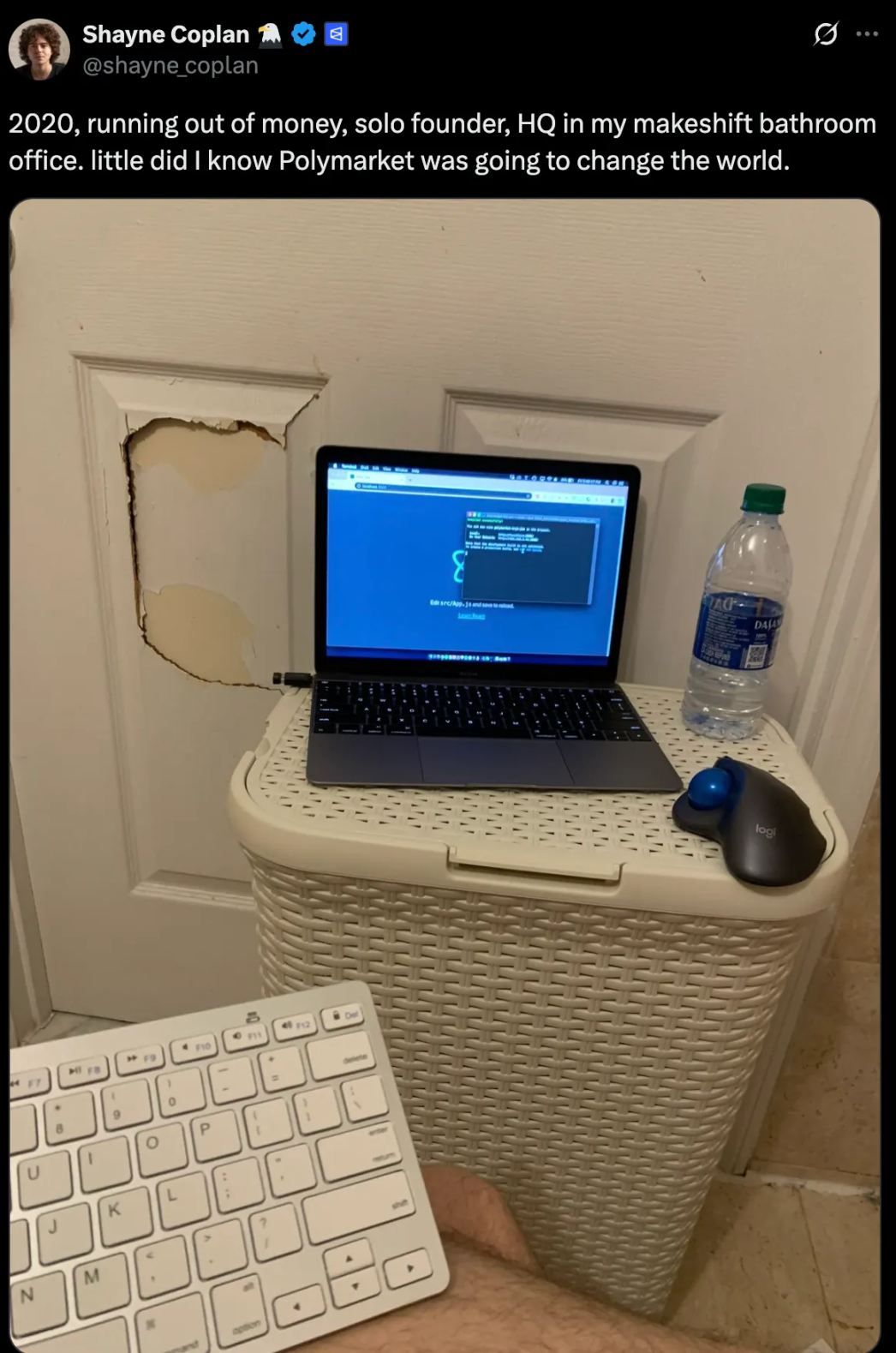
@Shayne Coplan
The platform's logic is simple: users use cryptocurrency to bet on the outcomes of real-world events. Each question corresponds to a "market," where users can purchase shares representing a "yes" or "no" answer. Each share is worth $1 if the prediction is correct, and zero if it is wrong. The market price itself reflects the collective judgment of the probability of an event occurring.
For example, if a share is trading at 65 cents, it means that the public believes there is a 65% chance of that event occurring.
Pure information aggregation, no expert interpretation, no public opinion manipulation, only "views supported by funds".
Building prediction markets requires solving a series of technical problems: data feeds, determining market outcomes, user experience, and building trust between strangers - after all, the areas in which users bet cover everything from elections to pop culture.
More importantly, it also needs to find a living space in the "gray area" of supervision.
Some regulators view prediction markets as gambling, while others consider them similar to financial derivatives. Their legal status remains unclear.
Coplan’s strategy is to build the platform first and then seek regulatory approval.
This strategy worked for the first two years.
In 2022, Polymarket began to attract widespread attention.
The platform's transaction volume continues to grow, and users predict various events ranging from Oscar winners to economic indicators, gradually becoming a "trusted alternative" to traditional forecasting methods.
Then, the U.S. Commodity Futures Trading Commission (CFTC) came knocking.
Regulators accused Polymarket of offering illegal trading contracts and operating an unregistered exchange. Ultimately, the platform settled for $1.4 million (without admitting or denying the allegations).
More importantly: Polymarket agreed to block all US users.
This restriction creates a paradoxical situation: the platform can operate globally but cannot enter the US market; international users can bet on the US election, but US citizens cannot participate in predictions about their own country's politics.
But regulators suspect that Polymarket is still secretly allowing US users to use the platform.
The 2024 Election: Validation of Predictive Power and Regulatory Turmoil
In 2024, the US presidential election is approaching.
Polymarket has become impossible to ignore: users have bet over $3.5 billion on the election outcome. The platform consistently shows Trump in the lead, while traditional polls suggest a close race.
One French trader bet tens of millions of dollars on a Trump victory and reportedly netted $85 million when Trump was ultimately elected.
Polymarket's prediction accuracy ultimately surpassed that of traditional polls.
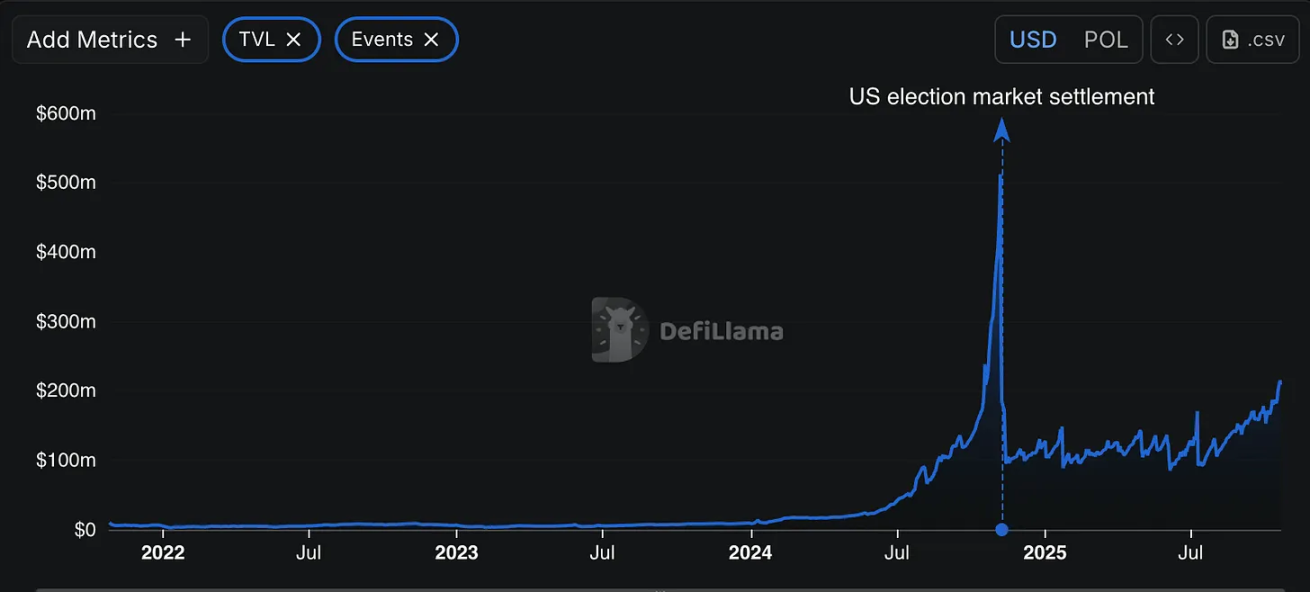
@defillama.com
Then came the raid.
November 2024, a week after the election.
FBI agents raided Coplan's New York apartment before dawn and seized his cellphone and electronic devices. Coplan, then 26, was neither arrested nor charged.
He responded on X (original Twitter): "New phone, who is it?" (implying that the old phone was confiscated)
Polymarket issued a statement calling it "clear political retaliation by the outgoing administration."
Both the U.S. Department of Justice and the CFTC subsequently launched investigations.
The platform, which had just proven its predictive capabilities, faced scrutiny from multiple federal agencies overnight.
But Coplan didn't stop there and continued to advance the platform.
In the United States, changes in the situation are often unexpected: the investigation launched during the Biden administration came to an abrupt end after the Trump administration came to power.
In July 2025, the Department of Justice and the CFTC formally closed their investigation without filing any charges or imposing additional penalties.
That same month, Polymarket acquired QCEX, a CFTC-licensed exchange and clearing house, for $112 million. This acquisition allowed Coplan to achieve a core goal since the 2022 settlement: finding a framework for the platform’s legal operations in the United States.
In August 2025, Donald Trump Jr., son of former President Trump, joined Polymarket as an advisor through his investment firm, 1789 Capital. The company, once raided during one administration, now has the support of family members from the next administration.
In September 2025, Polymarket's parent company Blockratize submitted a document to the US SEC, which mentioned "other warrants" - this statement is usually a signal before the issuance of tokens in cryptocurrency projects.
Coplan posted the words "$POLY" on X, along with icons of $BTC and $ETH. The hint was clear: the platform was about to launch a token.
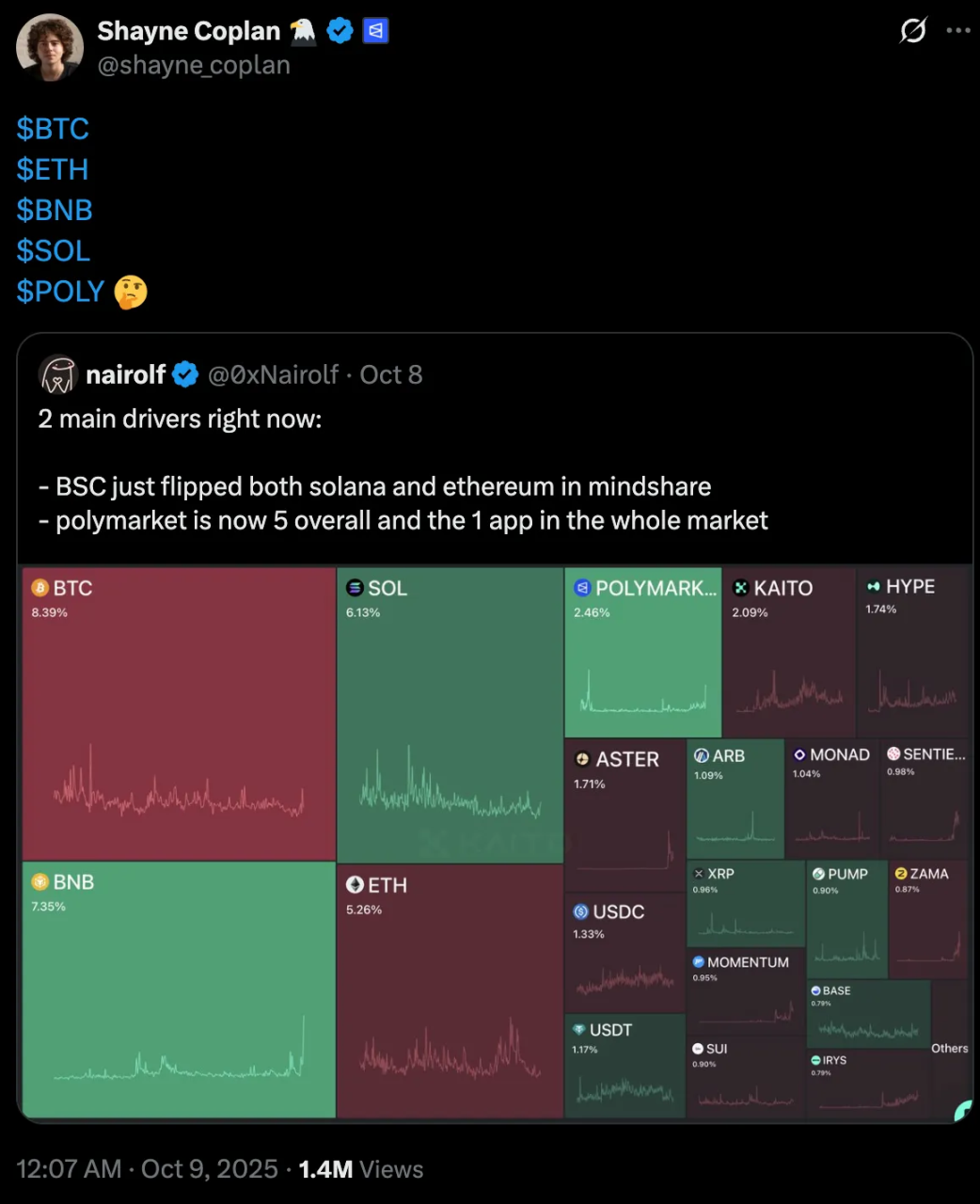
@Shayne Coplan
In October 2025, the long-awaited news finally came: Intercontinental Exchange (ICE), the parent company of the New York Stock Exchange, invested $2 billion in Polymarket at a pre-investment valuation of $8 billion.
ICE CEO Jeffrey Sprecher is married to Kelly Loeffler, a former senator, head of the U.S. Small Business Administration, and a member of the Trump administration's cabinet.
The partnership also includes a plan for ICE to distribute Polymarket’s data globally and collaborate on financial tokenization projects.
A project started in the bathroom by a poor dropout eventually became part of the mainstream system on Wall Street.
At the age of 27, Shayne Coplan has successfully made it onto the Bloomberg Billionaires Index, becoming the youngest self-made billionaire tracked by the index.
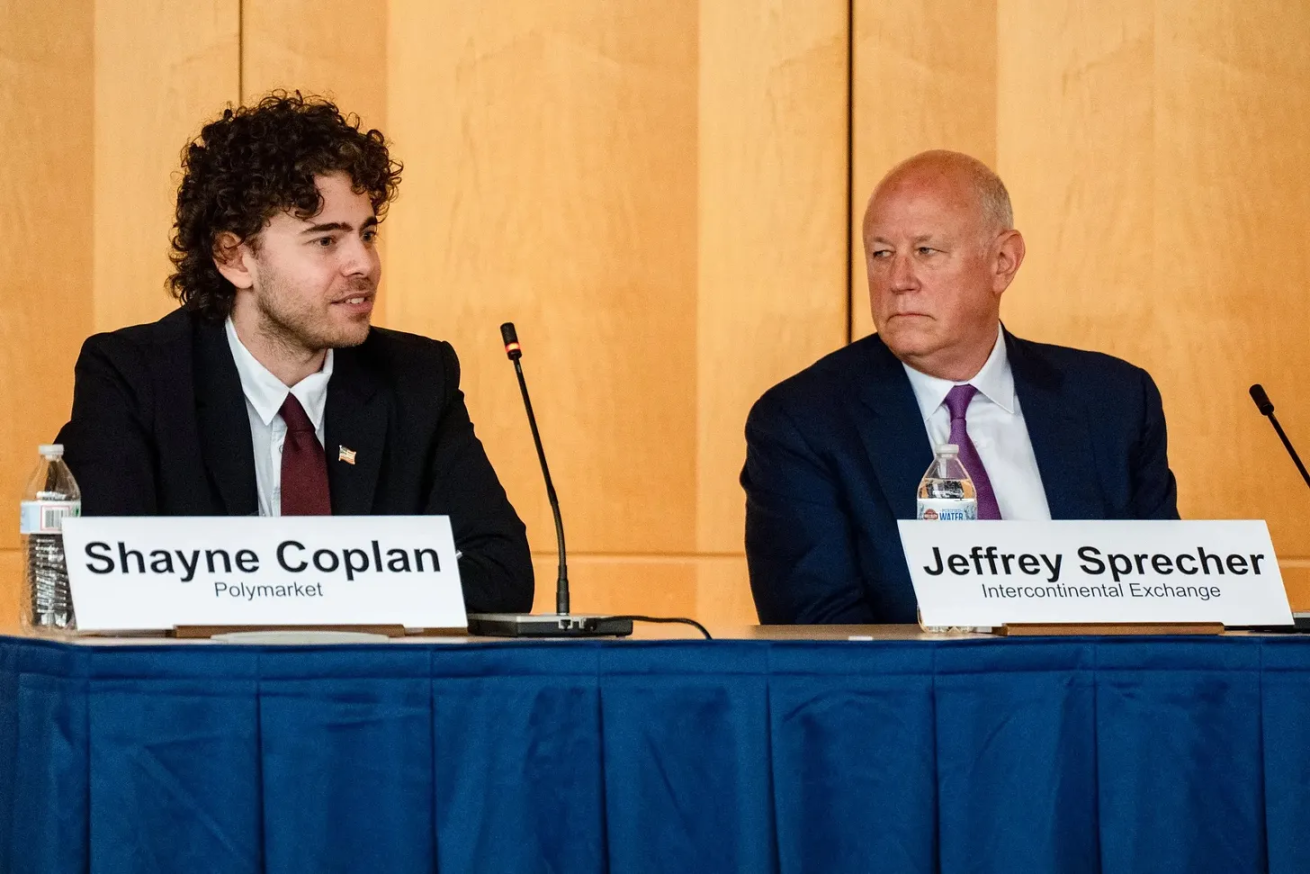
@Bloomberg
What problem does Polymarket solve?
Polymarket overcomes challenges that previous prediction markets have failed to overcome.
Although early prediction platforms (such as Intrade) have proven the feasibility of this model - Intrade accurately predicted the 2008 and 2012 US elections, but was closed in 2013 - these platforms have always been limited to niche circles, with complex mechanisms and a strong academic feel, making it difficult for them to reach the general public.
Polymarket makes predicting the market as easy to understand as "entertainment".
Its simple interface and wide-ranging questions, from serious topics (Will the Federal Reserve cut interest rates?) to lighthearted ones (Will Taylor Swift and Travis Kelce get engaged in 2025?), have significantly boosted user engagement.
More importantly, the platform accurately captures changes in information acquisition habits.
Traditional media tells you "what to think", polls tell you "what others think", and Polymarket tells you "the opinions that people are willing to bet on with their money".
This distinction is crucial for users who are increasingly distrustful of traditional institutions.
Today, Polymarket has over 1.3 million users, with a cumulative trading volume of approximately US$20 billion and a monthly trading volume that is stable at over US$1 billion.
The 2024 election thoroughly demonstrated the platform’s potential: when mainstream polls showed a close race, Polymarket users consistently favored a Trump victory, and the final results confirmed this prediction.
Although some people debate whether the platform aggregates "real wisdom" or simply reflects the "political preferences of the cryptocurrency user group," this result undoubtedly confirms the core proposition of the prediction market - views supported by funds are often closer to the truth.
Of course, as a prediction market, Polymarket occasionally needs to answer philosophical questions, such as "What is a suit?" In June 2025, bettors placed nearly $79 million on whether Ukrainian President Volodymyr Zelenskyy would wear a suit by July. When photos of Zelenskyy at a NATO meeting leaked—he was wearing a matching black jacket and trousers, a collared shirt, and sneakers—the internet erupted in confusion: "Is it a suit if the shoes are wrong? Is it a suit if the fabric is matching but the cut is casual?" The platform brought in fashion commentator Derek Guy as an expert, but his verdict was "It's both a suit and not a suit," effectively leaving the question unanswered. The market's results ultimately sparked two controversies. This is the price of "trustless, decentralized verification of real-world events": ultimately, blockchain oracles may be needed to determine the semantics of clothing, and $79 million hangs on that very coin.
The Future: Tokens, Challenges, and Greater Ambitions
At 27, Shayne Coplan has proven his core belief that prediction markets are valuable.
The token launch signals the start of the next phase of the platform. The launch of the $POLY token will propel Polymarket from an experimental prediction market to a full-fledged crypto ecosystem.
Token holders may receive benefits such as governance rights, a share of transaction fees, and special platform access rights. The specific details have not yet been announced, but the direction of development is clear.
However, the token strategy also carries hidden risks: it may once again attract the attention of regulators at a time when Polymarket has just gained legitimacy; it may also alienate users who view the platform as a "prediction tool" rather than a "crypto project."
But from a strategic perspective, this decision makes sense: cryptocurrency projects issue tokens to disperse ownership, incentivize user participation, and align the interests of the platform with those of users.
If prediction markets truly represent the “future of information discovery,” then tokens could accelerate their adoption while rewarding early backers.
Coplan's immediate plans are more pragmatic: Every Sunday, he'll watch football games while testing the beta version of Polymarket's new US app.
The work continues, the bets continue to flow in, and the market continues to reveal what people "really believe."
It took Coplan five years to go from a small project in a bathroom to a company valued at $9 billion.
The next five years will determine whether the prediction market can achieve greater breakthroughs—becoming a “new infrastructure for collective intelligence” or even a “trading market for truth itself.”
Now, the 27-year-old billionaire is focused on "getting things done."
The bathroom office is long gone, the financial woes resolved, and the regulatory dispute is over for now.
What has supported him to this day is still his original entrepreneurial intention: predicting the market is a good idea and should not just remain in white papers.
The market has proven him right.
Time will tell what the future holds.


